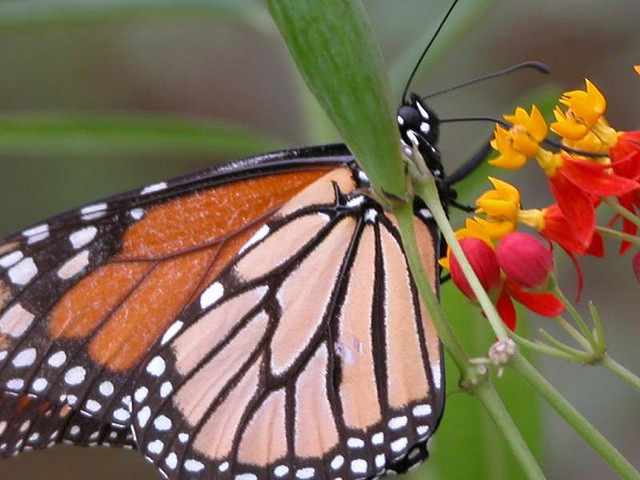Habitat for Monarchs and other Pollinators
This is Passport to Texas
For as long as biologists have been studying the iconic monarch butterfly, they’ve come up with more questions than answers about its biology and basic needs. The biggest question: do land management practices, like controlled burns and reseeding with native plants improve monarch habitat?
We have lots of questions about patch size, too.
That’s Ben Hutchins, the state’s invertebrate biologist. So, what is patch size?
When I say ‘patch size’ what I mean is, how far will a monarch travel to get from one plot of nectar producing plants to another? How big of a prairie do we need to support healthy monarch populations? How many milkweed in it? What density do we need across the landscape to promote healthy breeding populations?
Expansive patches of prairie are best, but hard to come by due to urbanization. Having said that—all is not lost.
Even urban environments have lots of potential for habitat for monarchs moving through; so you have urban corridors. So, there’s no property that’s too big or too small to help out monarchs and other urban pollinators.
That means even planting native nectar producing plants and milkweed in empty lots, on building rooftops, or in containers on your downtown balcony—you are playing a role in supporting monarch and native pollinators.
The Wildlife Restoration Program supports our series.
For Texas Parks and Wildlife…I’m Cecilia Nasti



 Passport to Texas is a
Passport to Texas is a  Passport to Texas is made available by:
Passport to Texas is made available by: